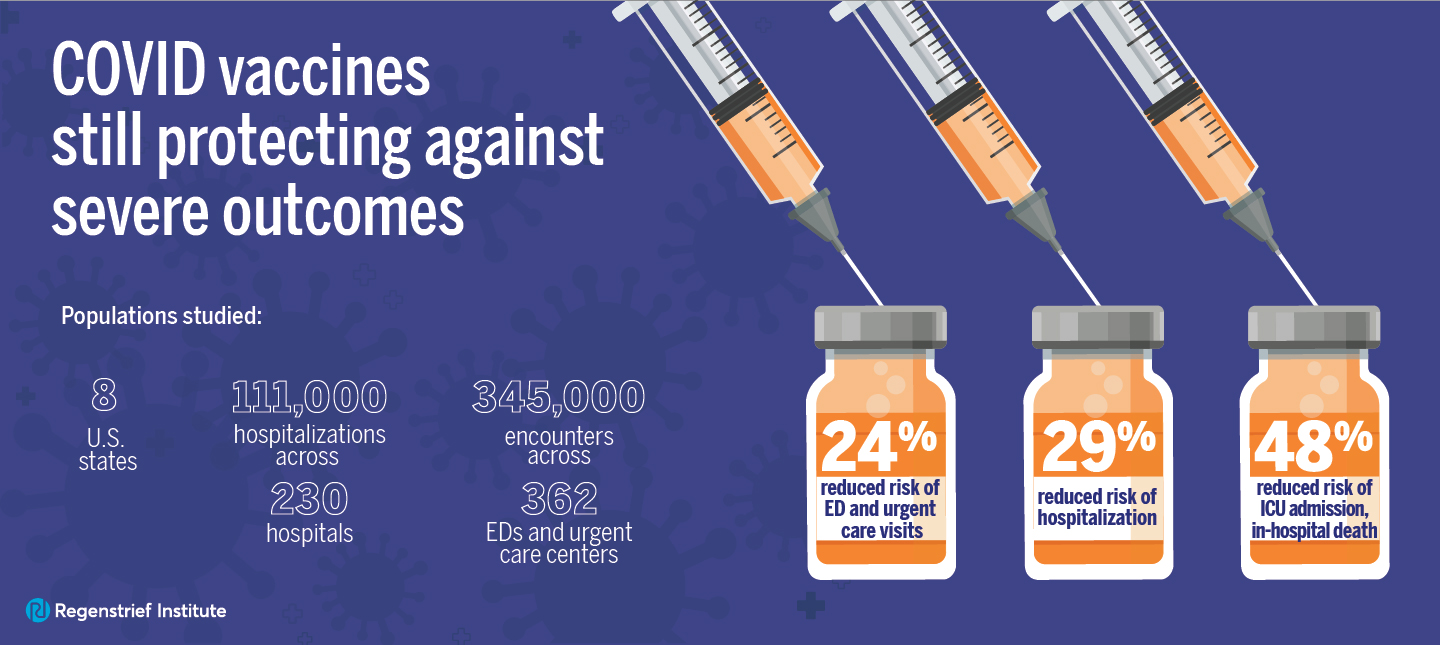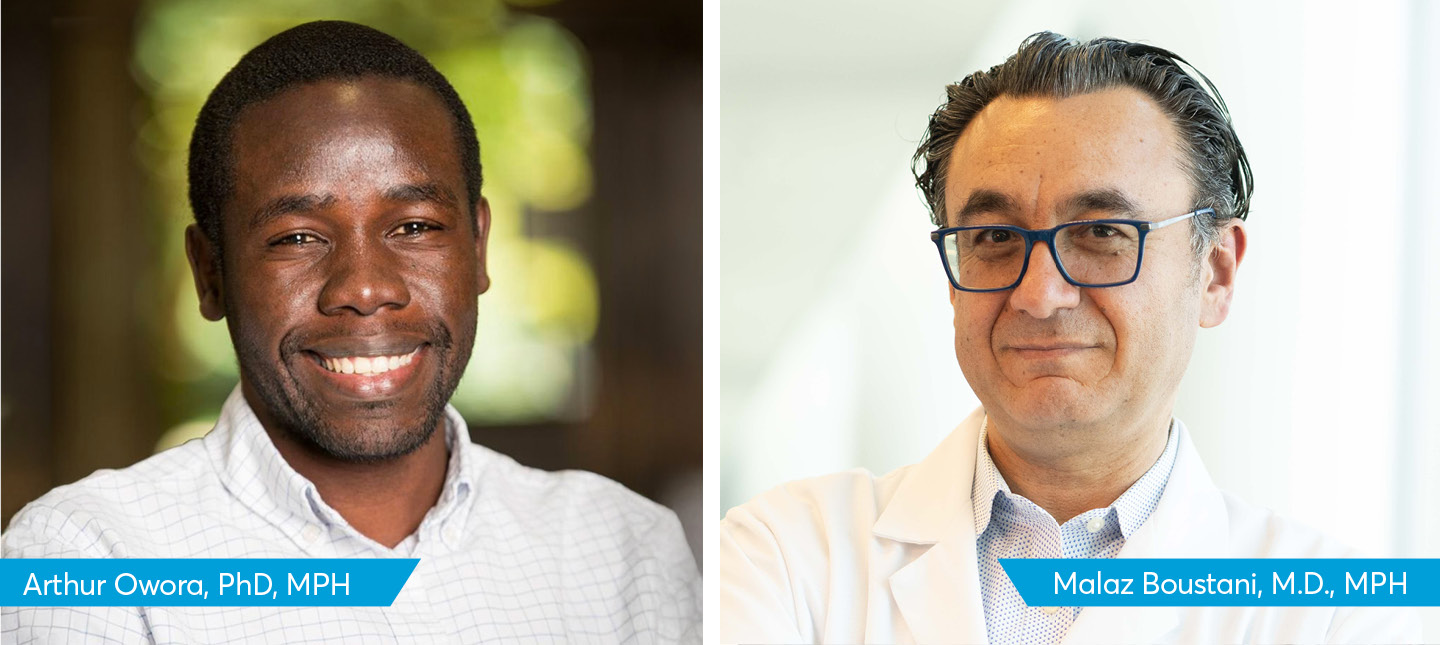Published in JAMA. Here is a link to the article.
Regenstrief Institute authors: Sarah Wiehe, MD, MPH
Authors:
Affiliations
1George Washington University, Washington, DC.
2Brown University, Providence, Rhode Island.
3Tufts University School of Medicine, Boston, Massachusetts.
4Virginia Commonwealth University, Richmond.
5University of Washington, Seattle.
6University of Maryland School of Medicine, Baltimore.
7University of Texas Health Science Center, San Antonio.
8Tulane University, New Orleans, Louisiana.
9University of California, San Francisco.
10University of Virginia, Charlottesville.
11University of California, Los Angeles.
12New York University, New York, New York.
13Case Western Reserve University, Cleveland, Ohio.
14University of Arizona, Tucson.
15University of Missouri, Columbia.
16University of Wisconsin, Milwaukee.
17Indiana University, Bloomington.









